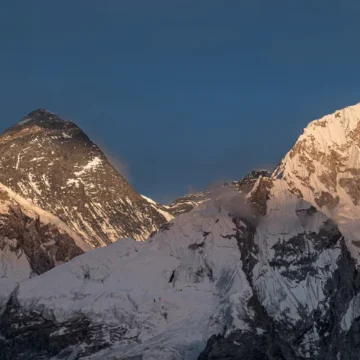
Altitude Sickness vs Fatigue: Signs and Tips
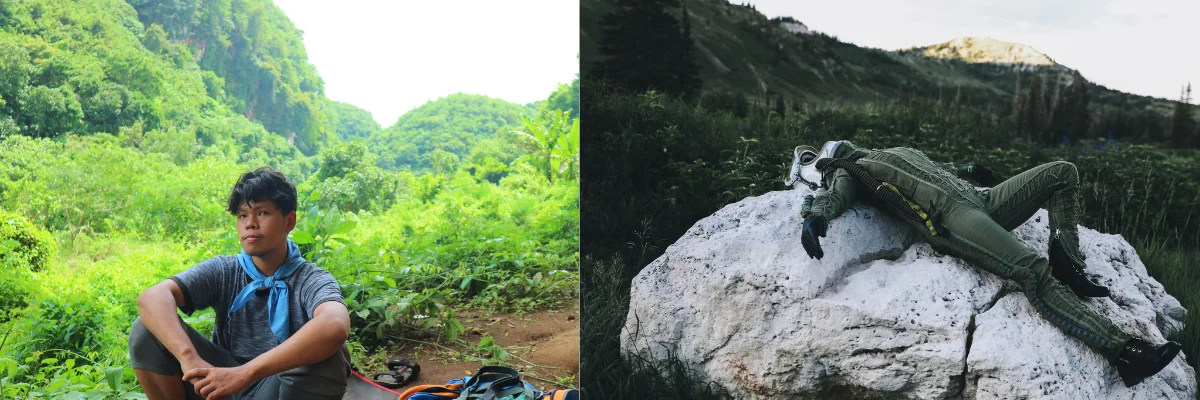
Table of Contents
You might have felt sudden discomfort while on high altitude trek, wonder what that could be? High altitude terrain are rugged, uphill and downhill, you come across problems like altitude sickness.
Sometimes, most people misunderstand fatigue as an altitude sickness. In this blog we will learn in detail about Altitude Sickness vs Fatigue.
What is Altitude Sickness?
When trekking or walking for days at high altitudes above 2,500 meters (8202.1 ft), getting altitude sickness is very common. Altitude sickness, also called (Acute Mountain Sickness or AMS) happens when your body cannot adjust quickly to the lower oxygen levels at high elevations.
Altiude Sickness is normal while trekking in high altitudes like Everest Base Camp Trek. It happens because as you go higher in elevation, the air pressure drops, and your body works harder to transfer oxygen to the different parts of your body like the brain, muscles, and lungs.
When you suddenly gain elevation and your body doesn’t get enough time to adjust. That’s when symptoms of altitude sickness start manifesting.
What is Fatigue?
Fatigue is more than just feeling tired; it’s something that merely needs rest. Fatigue can be of different types, which are mental, physical, or sometimes both. Even after proper sleep, you don’t feel energized or motivated like usual.
There are so many reasons fatigue happens; it can happen due to lifestyle habits, medical conditions, or mental health issues.
Fatigue can be caused by stress, lack of sleep, poor nutrition, overworking, or chronic illnesses like anemia, diabetes, or depression. Normal tiredness improves after rest, but fatigue may stay longer and affect your ability to do normal tasks.
If fatigue becomes persistent or disrupts your life, it’s important to seek medical advice. Finding out the root cause of fatigue is key to managing it.
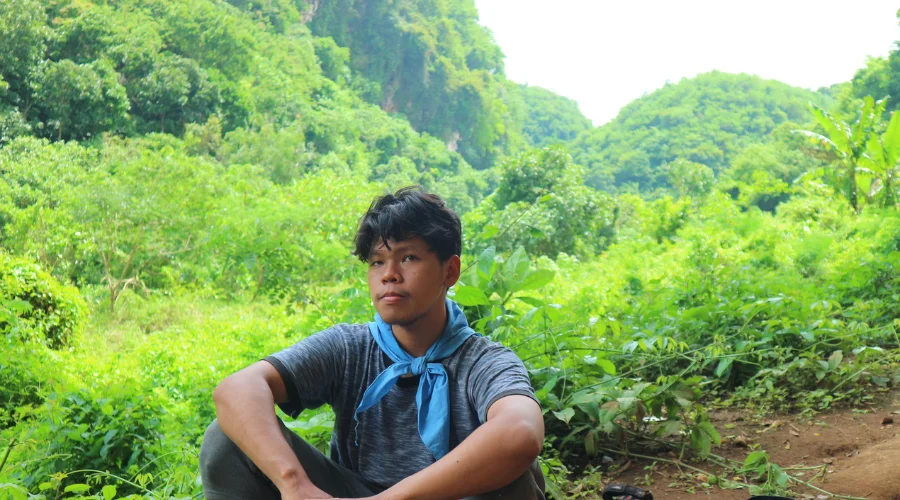
The Difference Between Altitude Sickness and Fatigue
Knowing the difference between altitude sickness and fatigue is must if you are about to trek or trekking in high altitude areas. Having knowledge about both topics can be a game changer when you come across a similar situation.
| Aspect | Altitude Sickness | Fatigue |
| Cause | Low oxygen at high altitudes (above 2,500m) | Overexertion, poor rest, dehydration |
| Common Symptoms | Headache, dizziness, nausea, breathlessness | Tiredness, low energy, weak muscles, poor focus |
| Serious Signs | Confusion, loss of coordination, chest tightness, can’t walk | Lasting over 2 weeks, memory issues, extreme tiredness |
| Body Effects | Vomiting, appetite loss, sleep issues | Slow reflexes, mood swings, reduced alertness |
| Prevention | Ascend slowly, acclimatize, hydrate, eat carbs | Sleep well, stay hydrated, eat balanced meals, take breaks |
| Treatment | Descend, rest, seek medical help | Rest, improve diet, reduce stress, consult doctor if needed |
| Recovery Time | 1–3 days with care (more for severe cases) | 1–2 days with proper rest and nutrition |
How to Distinguish Them Altitude Sickness Vs Fatigue on the trail?
Diagnosing the problem, you are facing in high altitudes is very crucial since there is no room for time waste. Every second wasted is like pushing a person into danger zone. In high altitudes, tiredness is very normal since it includes 6 to 8 hours of walking a day in rugged terrain.
Most people misunderstand, tiredness for extreme fatigue or altitude sickness and take irrelevant measures which can invite other problems too.
If you are on trek and feel off with symptoms like headache, nausea, and dizziness, consult with your guide immediately because that could be altitude sickness. If leg pain, sore muscles, and blisters occur, it can be because of tiredness, which is normal in long treks. When you feel very weak, cannot keep going, low energy and irritability can be symptoms of fatigue.
Trekkers’ Advice from the Trail
After a table talk with our experienced guides, who have 20 years of experience in high-altitude trekking in Nepal, they suggest the following things.
- Do not rush; keep your mind and body at ease and ascend with patience.
- Do not gain an altitude of more than 300 meters (984.25 ft) in one day.
- When do acclimatization, include side hikes to the surrounding hilltop.
- In a cold environment, you might forget to drink water, but keeping yourself hydrated is crucial.
- If you feel anything off in your body, talk it out with a guide.
- Avoid alcohol and smoking because it slows your acclimatization and makes your body lose stamina.
- Pack wisely and light. Pack the things that you only need.
- Sometimes, you feel so drained and unmotivated that you don’t want to continue your trek, but staying positive, calm and patient will surely help you complete your trek.
- When feeling tired, take frequent breaks instead of pushing yourself too hard.
How to Self-Diagnose Altitude Sickness Vs Fatigue
There comes a time in the trail where you are just clueless about your problem. Altitude sickness and fatigue manifest similar symptoms. For a person who doesn’t have that much knowledge about these both, might get in trouble.
You are in the remote, no nearby hospitals, villages are miles away, and you just have to self-diagnose and take possible measure to alleviate the problem. When trekking in high altitude areas, remember that you come across one of these two problems. So, it’s crucial to know altitude sickness vs fatigue.
Before starting your trek, educating yourself about altitude sickness and fatigue will help you vastly in self-diagnosing. The sudden onset of altitude sickness includes headache, nausea, and dizziness.
Check for headache after going above 2,500 meters because its often the first symptom. Notice nausea, loss of appetite or upset stomach. If headache and one or more of above-mentioned symptoms manifest after gaining 2,500-meter altitude, you might have altitude sickness.
For fatigue, look out for the fatigue lingering even after resting, struggling with short climbs and flat walks, zoning out and forgetting simple things, irritability, loss of appetite or motivation. If these signs persist even after good sleep, food, and water, it’s likely fatigue.
Avoiding drinking and smoking, exercising appropriately, making dietary changes, and taking medications (If required) will help relieve fatigue.
How do you deal with fatigue during hiking?
Dealing with fatigue amid hike or trek is one the things a person must learn. By following the give measures, you can change your hiking experience.
- Don’t rush and slow your pace, which will help you conserve energy.
- Sip water regularly, even if you are not thirsty. Keeping yourself hydrated on hikes is crucial.
- Don’t push yourself too hard; take short breaks, sit, breathe, stretch your legs, and start hiking again.
- If fatigue lingers longer, talk with your guide to stop and rest.
Post Hiking fatigue Recovery Tips
- Give your body proper rest with a full night’s sleep and even naps.
- Eat protein, healthy carbs and fruits.
- Light yoga and stretching will help ease muscle pain.
- Take a warm bath, which will relax your body, ease inflammation and improve circulation.
- Meditate, journal the experience or listen to soothing music to unwind mentally.
- Do not just throw yourself on the couch; do light walking the next day to keep blood flowing.
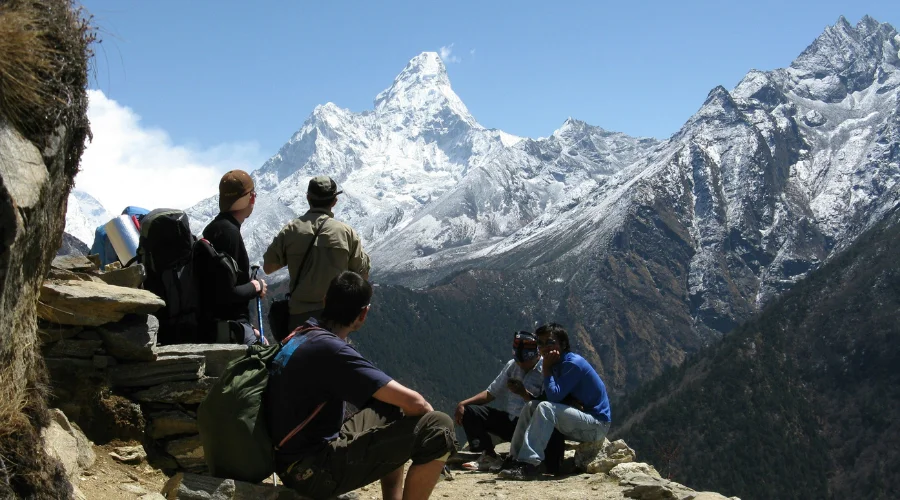
Want to know more?
Speak to an Expert





Sandip Dhungana
Nepal 🇳🇵
Whatsapp: +977-9823636377

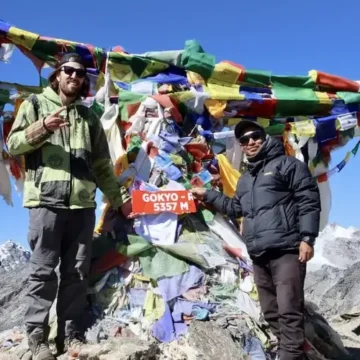

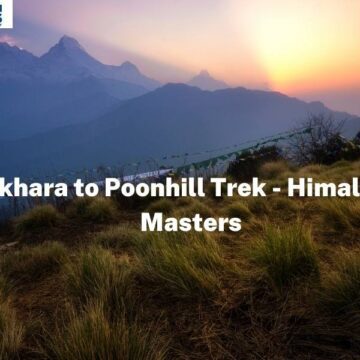
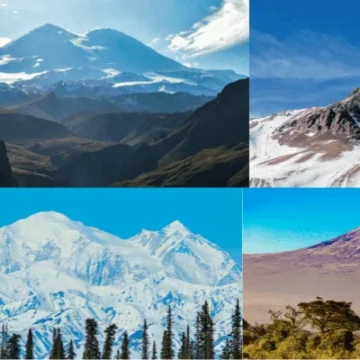
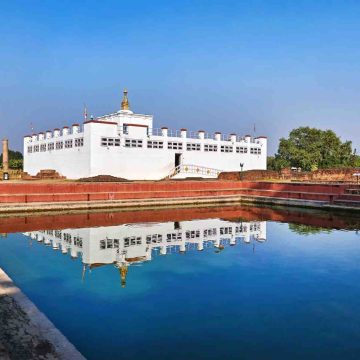
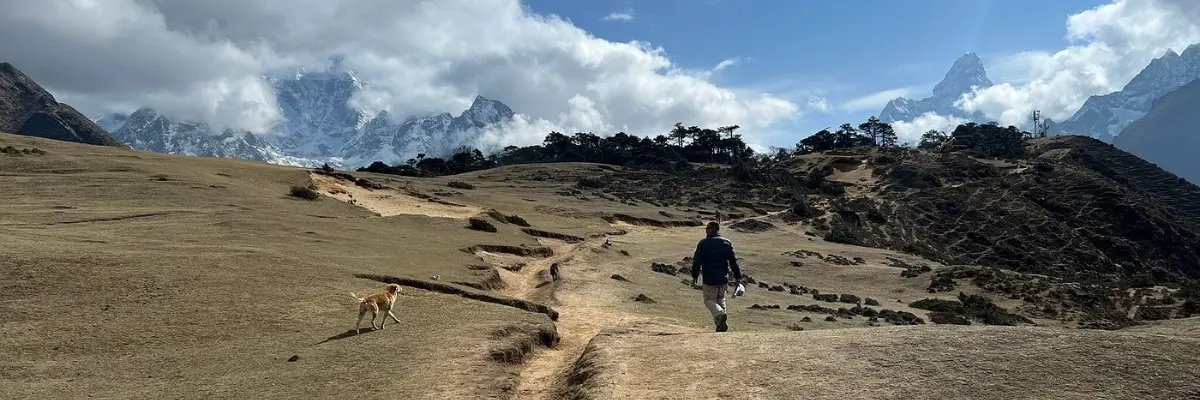

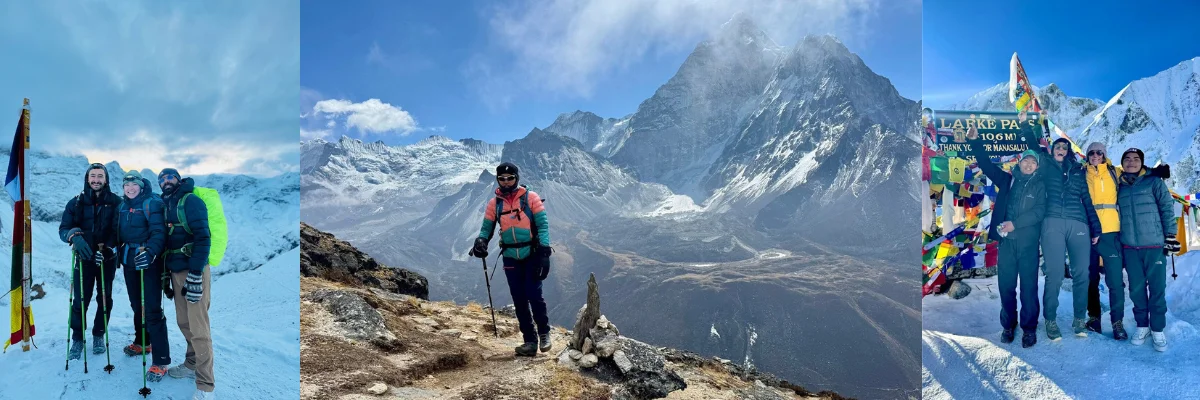
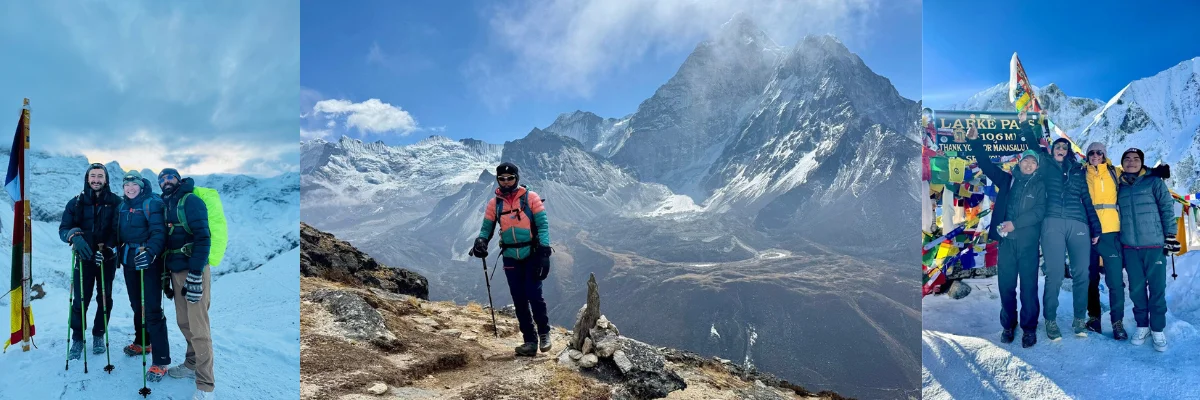
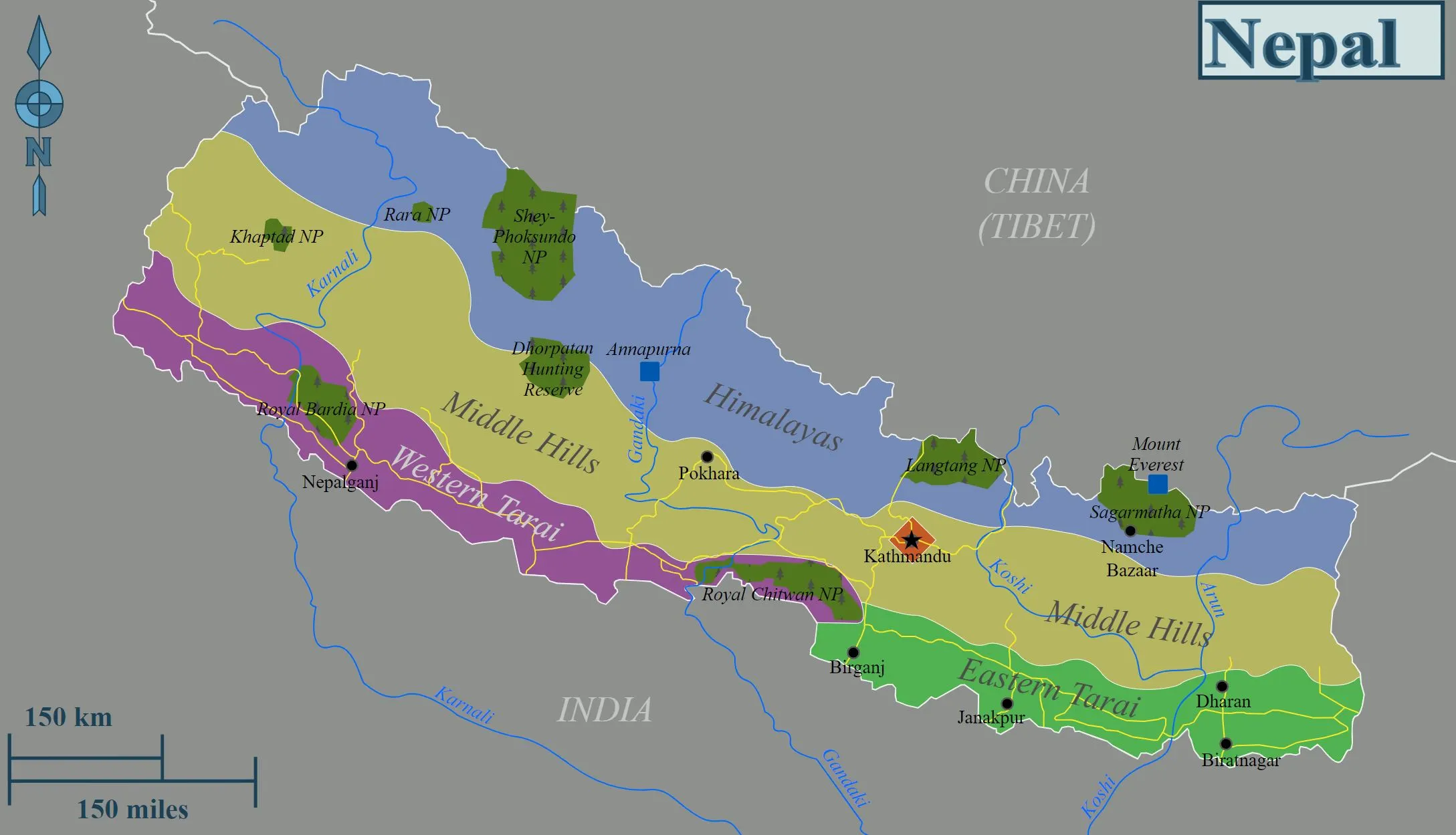
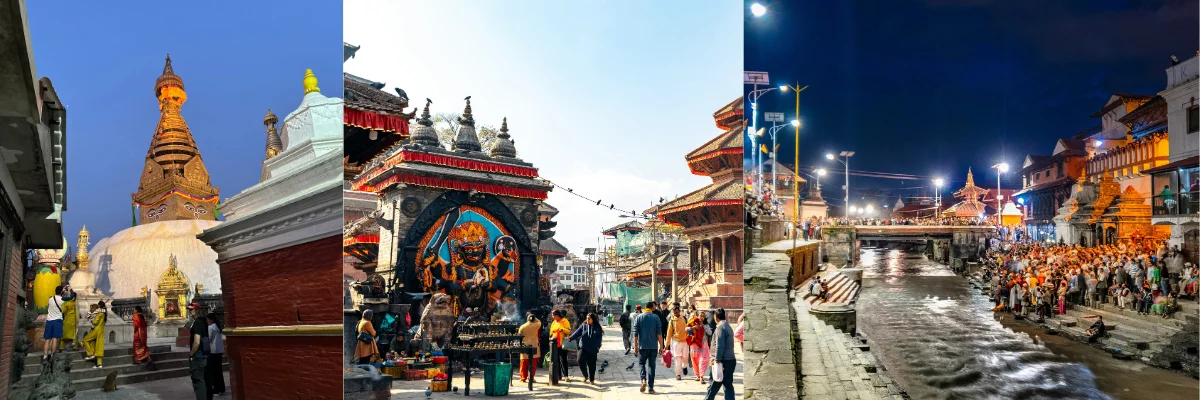
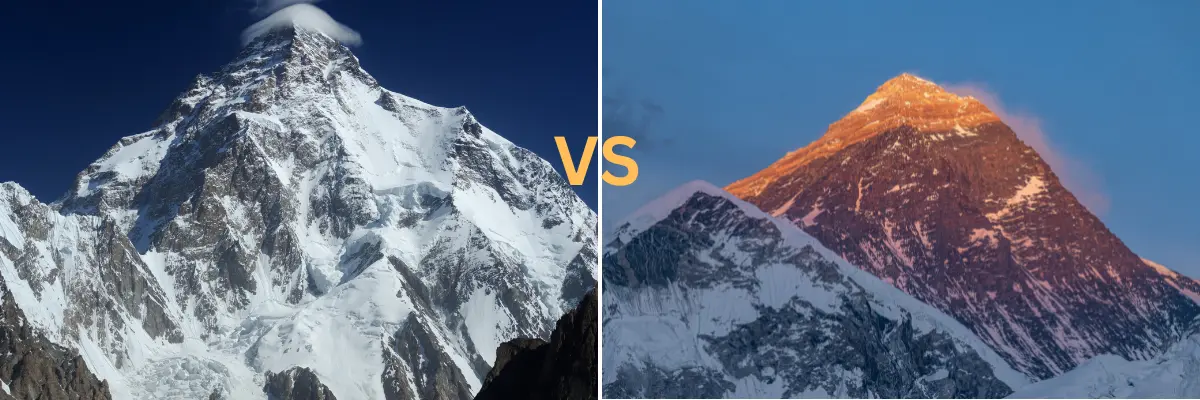
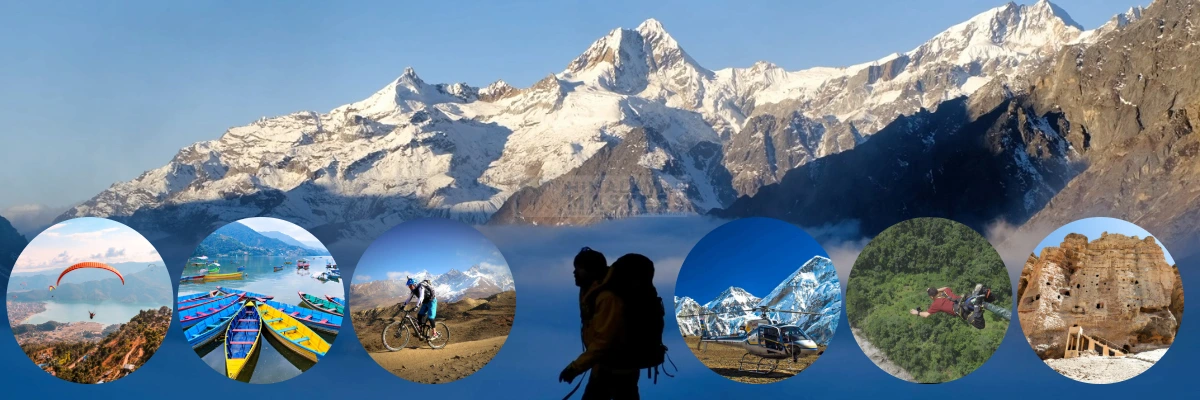









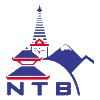


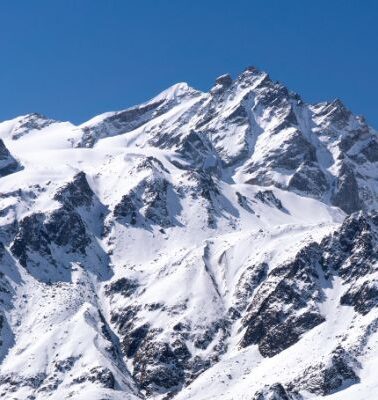

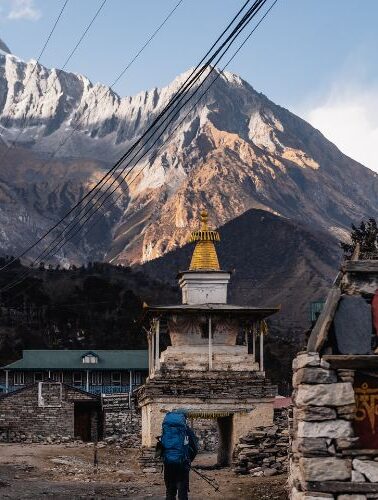
Leave Your Comment